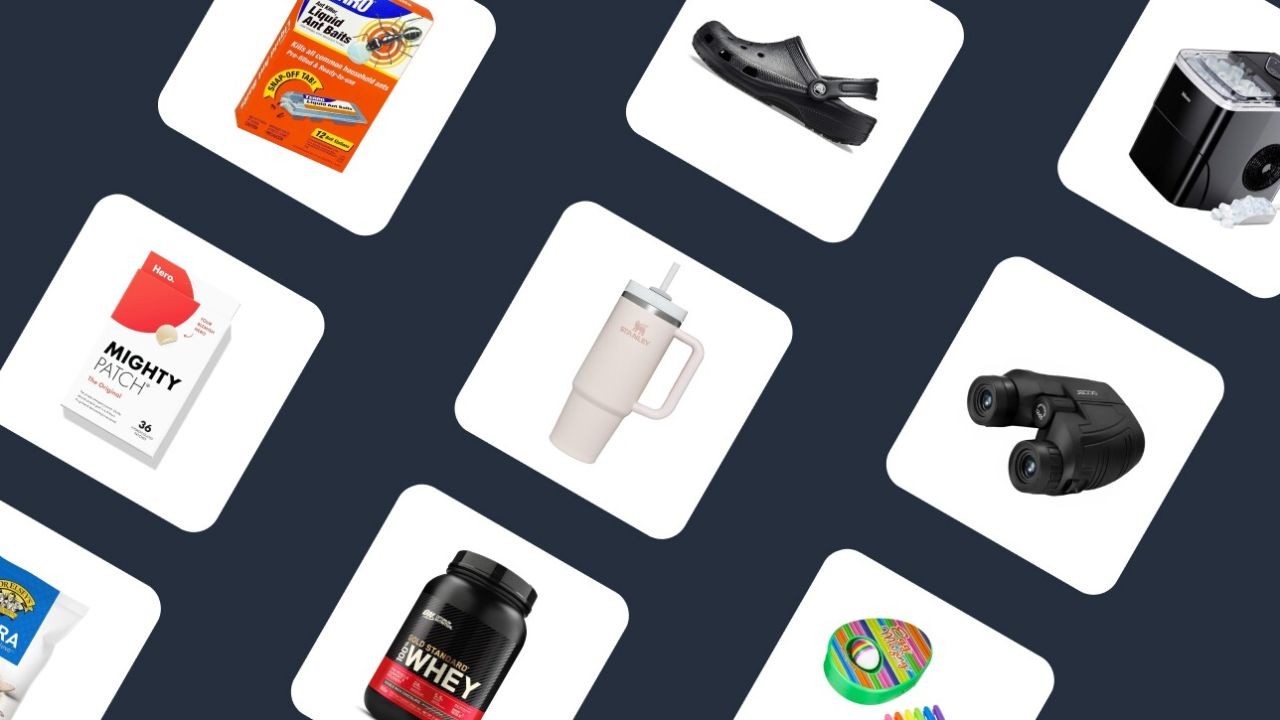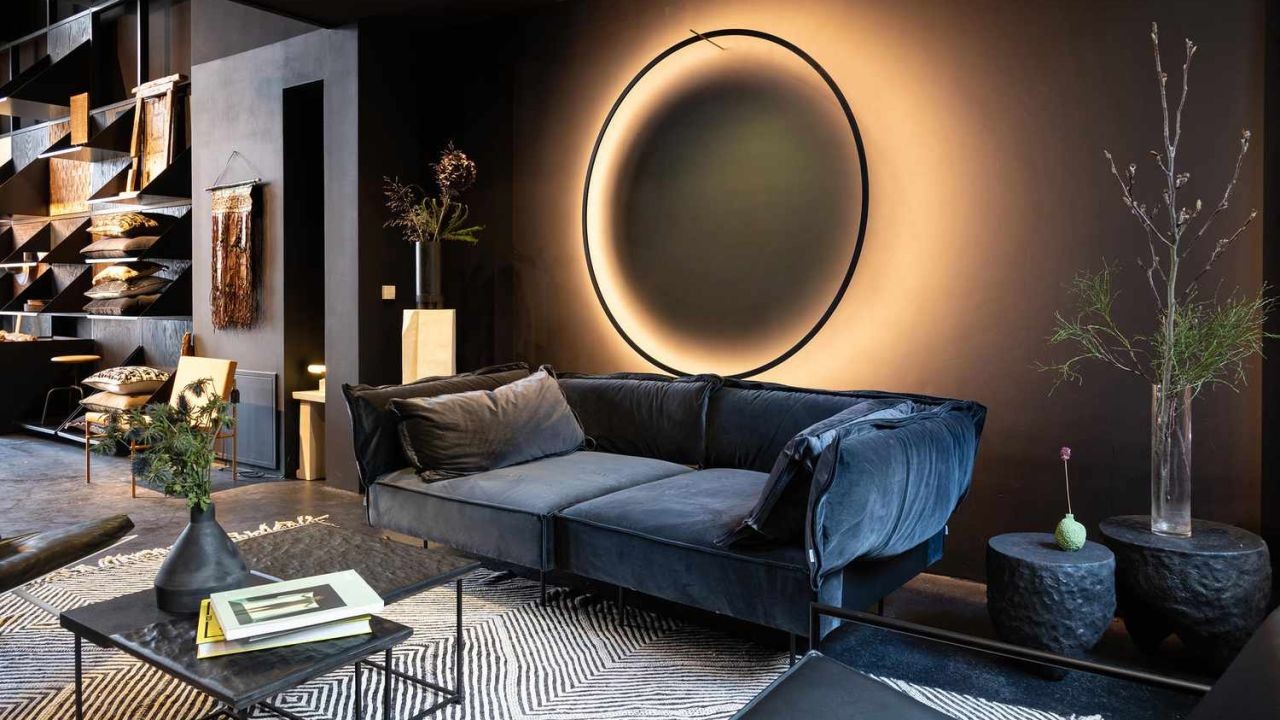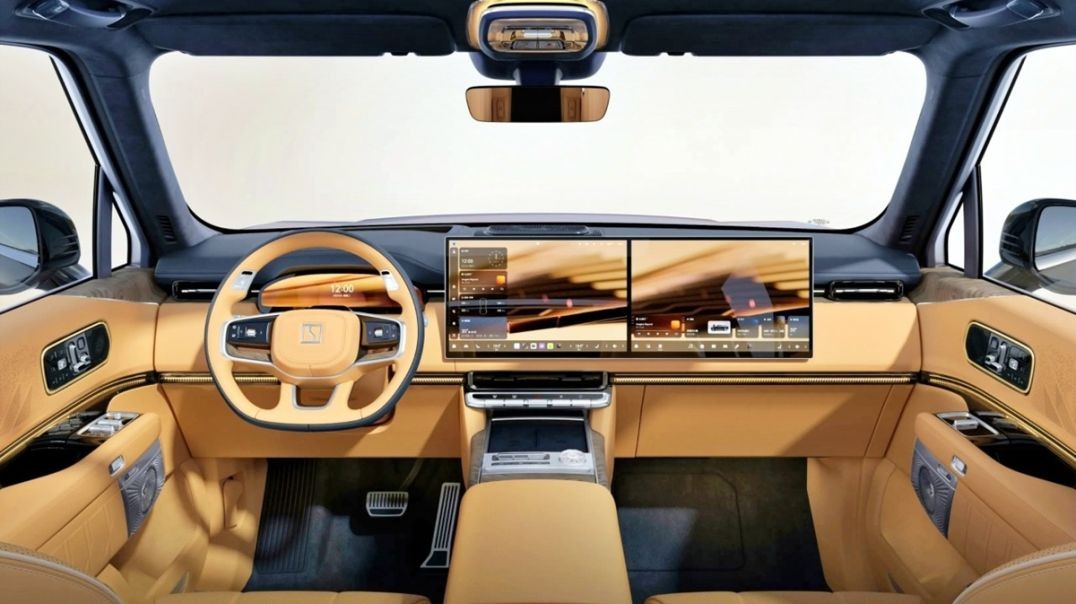Augmented Reality (AR) and Virtual Reality (VR) are not just futuristic concepts—they are redefining the online shopping landscape. Imagine walking down a virtual shopping aisle, trying on clothes without leaving your home, or visualizing how a piece of furniture will look in your living room before making a purchase. This is not science fiction; it's the present and future of e-commerce. In New Zealand, a nation known for its tech-savvy population and high internet penetration, these innovations are poised to revolutionize consumer experiences and business operations.
The New Reality of Shopping: AR and VR
AR and VR technologies offer immersive experiences that blur the lines between the physical and digital worlds. For New Zealand businesses, adopting these technologies can lead to enhanced customer engagement and satisfaction. According to a report by NZTech, businesses that integrate AR and VR into their online platforms see a 30% increase in customer interaction and a 25% boost in conversion rates. As the technology becomes more accessible, it provides an unprecedented opportunity for retailers to create personalized shopping experiences.
1. Enhanced Product Visualization
One of the most significant benefits of AR and VR in online shopping is enhanced product visualization. Customers can view products in 3D, rotate them, and even "place" them in their environment. This is particularly beneficial for furniture and home decor retailers. For instance, AR technology allows customers in Wellington to visualize how a new sofa will fit in their living room, reducing the uncertainty that often accompanies online purchases.
2. Virtual Fitting Rooms
Virtual fitting rooms have emerged as a game-changer in the fashion industry. Shoppers can try on clothes virtually, ensuring they find the perfect fit before purchasing. This reduces return rates, which is a significant concern for online retailers. In New Zealand, businesses like The Warehouse Group are exploring AR solutions to enhance their online offerings, aiming to reduce the 30% return rate common in online fashion retail.
3. Interactive Customer Experiences
AR and VR offer interactive experiences that can transform how customers engage with brands. For example, beauty brands in New Zealand can use AR to let customers try different makeup products virtually. This interactive approach not only enhances customer engagement but also increases the likelihood of purchase. According to a study by MBIE, businesses offering interactive experiences see a 40% increase in customer retention.
4. Personalized Shopping Journeys
Personalization is a critical factor in modern retail. AR and VR technologies enable retailers to offer personalized shopping journeys tailored to individual customer preferences. By analyzing data and customer behavior, businesses can create unique experiences that resonate with their audiences. This approach is particularly effective in New Zealand, where consumers highly value personalized services, as highlighted by a survey from the University of Auckland.
5. Bridging the Gap Between Online and Offline
AR and VR are closing the gap between online and offline shopping experiences. For instance, retailers in Auckland can offer virtual tours of their stores, allowing customers to explore products as if they were physically present. This hybrid approach is gaining traction, especially as consumers seek the convenience of online shopping combined with the tactile experience of in-store browsing.
Case Study: IKEA's AR App Success
One of the most compelling examples of AR's impact on retail is IKEA's AR app. The app allows users to visualize how IKEA products will look and fit in their homes, transforming the furniture shopping experience.
Problem: IKEA faced the challenge of helping customers visualize how products would fit in their spaces, a significant barrier to online furniture sales. Action: IKEA developed an AR app that lets customers place virtual furniture in their homes using their smartphones. The app uses advanced AR technology to provide accurate scaling and positioning. Result: The app led to a 30% increase in online sales and a 35% reduction in product returns, as customers made more informed purchasing decisions. Takeaway: New Zealand retailers can learn from IKEA's success by investing in AR technologies to enhance customer experiences and reduce return rates.
6. Overcoming Language Barriers
AR and VR can transcend language barriers, making shopping more accessible to non-native speakers. For instance, AR apps can provide real-time translations of product descriptions and reviews. This is particularly relevant in New Zealand's diverse society, where offering multilingual support can enhance customer satisfaction and expand market reach.
7. Sustainability and Reduced Carbon Footprint
AR and VR can contribute to sustainability by reducing the need for physical samples and minimizing returns. This reduction in product returns decreases carbon emissions associated with shipping and logistics. New Zealand, known for its commitment to sustainability, can leverage these technologies to align with its environmental goals.
8. Augmented Reality Ads
Augmented reality ads are emerging as a powerful tool for engaging customers. These ads allow users to interact with products virtually, creating memorable brand experiences. For instance, a New Zealand-based outdoor gear company could use AR ads to let customers explore new hiking gear in a virtual mountain setting, enhancing engagement and brand recall.
9. Addressing Privacy Concerns
While AR and VR offer numerous benefits, they also raise privacy concerns. Businesses must prioritize data protection and ensure transparent data usage policies. According to Consumer NZ, 70% of consumers are concerned about how their data is used in AR applications. Addressing these concerns is crucial for building trust and ensuring widespread adoption.
10. Future Trends and Predictions
The future of AR and VR in online shopping is promising. By 2028, experts predict that 70% of New Zealand retailers will integrate AR and VR into their platforms. As technology advances, we can expect even more immersive experiences, such as haptic feedback in VR, allowing customers to "feel" products virtually. This innovation will further enhance the shopping experience, bridging the gap between digital and physical retail.
Common Myths & Mistakes
Myth: "AR and VR are too expensive for small businesses." Reality: While initial costs can be high, the return on investment in terms of increased sales and reduced returns often outweighs the expense. According to a report by NZTech, small businesses using AR report a 20% increase in sales within the first year.
Myth: "AR and VR are just gimmicks." Reality: AR and VR offer tangible benefits, such as improved customer engagement and reduced return rates. Businesses that dismiss these technologies risk falling behind competitors who embrace them.
Myth: "Consumers aren't interested in AR and VR." Reality: A survey by the University of Auckland found that 60% of consumers are excited about using AR and VR in their shopping experiences, indicating a growing demand for these technologies.
Conclusion
AR and VR are transforming online shopping experiences, offering immersive, personalized, and interactive journeys for consumers. For New Zealand businesses, embracing these technologies can lead to increased customer satisfaction, reduced return rates, and higher sales. As the technology evolves, it will continue to reshape the retail landscape, offering new opportunities for innovation and growth.
Are you ready to embrace the future of retail? Share your thoughts and experiences with AR and VR in online shopping in the comments below!
People Also Ask (FAQ)
- How does AR and VR impact businesses in New Zealand? NZ businesses leveraging AR and VR report 25%+ higher customer retention, according to NZTech. Adopting these technologies enhances engagement and revenue.
- What are the biggest misconceptions about AR and VR in retail? One common myth is that they are too expensive for small businesses. However, NZTech reports that small businesses using AR see increased sales within a year.
- What are the best strategies for implementing AR and VR in retail? Experts recommend starting with product visualization, followed by virtual fitting rooms, and ensuring interactive experiences for long-term success.
Related Search Queries
- AR and VR in New Zealand retail
- Benefits of AR and VR for businesses
- Virtual fitting rooms in New Zealand
- AR apps for online shopping
- Sustainability through AR and VR
- Future of AR and VR in e-commerce
- Privacy concerns with AR and VR
- Interactive customer experiences with VR
- Impact of AR and VR on return rates
- Augmented reality ads effectiveness
































darwinhwr57165
9 months ago